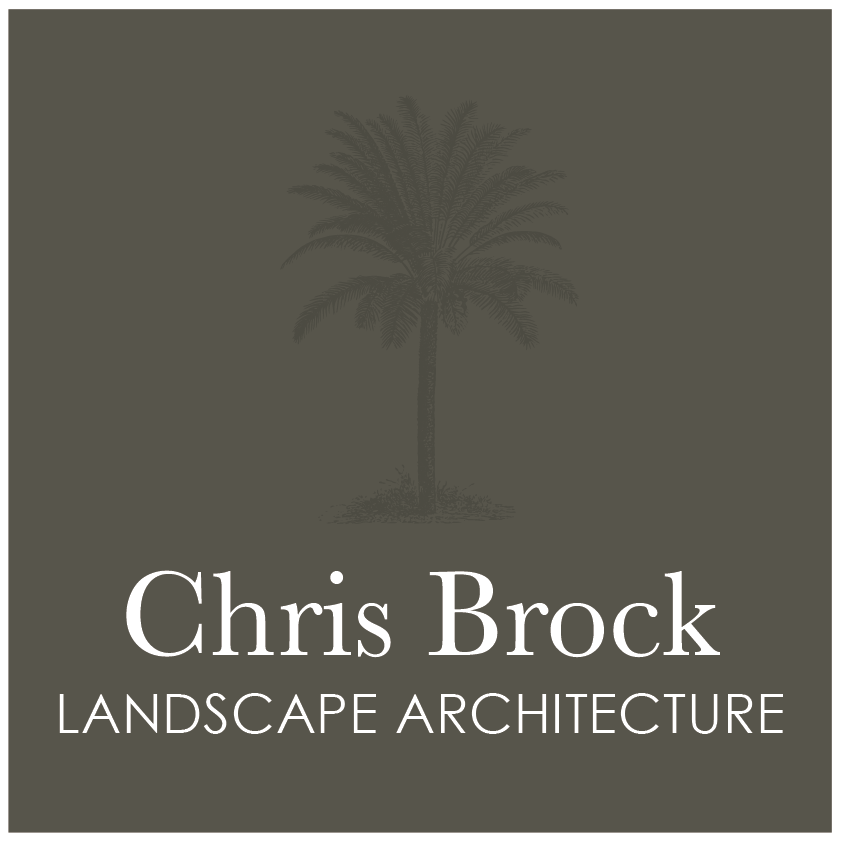The Transformative Power of 3D Modeling in Selling Landscape Architecture Projects
In the realm of landscape architecture, the ability to convey a vision is as crucial as the design itself. Traditional drawings and blueprints, while essential, may fall short in fully capturing the immersive and captivating experience of a planned landscape. Enter 3D modeling, a technological marvel that has revolutionized the way landscape architects communicate their ideas and, in turn, significantly enhances the process of selling landscape architecture projects. In this article, we explore how 3D modeling serves as a dynamic tool, bridging the gap between imagination and reality, and elevating the selling process.
Bringing Designs to Life
3D modeling allows landscape architects to breathe life into their designs. Instead of relying solely on flat, two-dimensional drawings, architects can present clients with vibrant, realistic renderings that showcase the proposed landscape from various angles. This immersive experience helps clients envision the final project with unparalleled clarity.
Realistic Visualization
The power of realistic visualization cannot be overstated. 3D modeling enables architects to incorporate intricate details such as textures, lighting, and shadows, creating a true-to-life representation of the envisioned landscape. This realism goes beyond what traditional methods can achieve, fostering a deeper emotional connection between clients and their future outdoor spaces.
Interactive Presentations
Traditional presentations often involve static images and lengthy verbal explanations. With 3D modeling, architects can create interactive presentations that allow clients to virtually explore the landscape. Clients can walk through gardens, experience different viewpoints, and witness how natural elements interact with the designed spaces. This interactive approach engages clients on a whole new level.
Early Issue Identification
3D modeling facilitates the identification of potential issues or design challenges at an early stage. By visualizing the project in three dimensions, architects and clients can more easily spot elements that may need adjustment, preventing surprises during the construction phase and ultimately saving time and resources.
Adapting to Client Feedback
One of the key advantages of 3D modeling is its flexibility. Architects can quickly incorporate client feedback and make real-time adjustments to the design during presentations. This iterative process ensures that the final landscape aligns seamlessly with the client's vision and preferences.
Improved Communication
Effective communication is at the heart of successful landscape architecture projects. 3D modeling transcends language barriers and technical jargon, allowing architects to communicate complex ideas in a visually accessible manner. This fosters clearer client-architect communication and strengthens the collaborative aspect of the design process.
Boosting Client Confidence
Witnessing a design come to life in 3D instills confidence in clients. The ability to see the spatial relationships, color palettes, and material choices in a realistic representation builds trust. Clients are more likely to invest in a project when they have a clear understanding of the final result.
Marketing and Branding Tool
3D modeling serves as a potent marketing tool for landscape architects. High-quality renderings can be used in promotional materials, websites, and social media platforms to showcase the firm's capabilities and attract potential clients. The visual impact of 3D models can set a firm apart in a competitive market.
Cost-Efficient Prototyping
Traditional prototyping can be costly and time-consuming. 3D modeling allows architects to create virtual prototypes that can be easily modified and refined. This cost-efficient approach streamlines the design process and helps clients visualize the final outcome without the need for physical models.
Demonstrating Design Evolution
3D modeling is an invaluable tool for illustrating the evolution of a design. Architects can create visual timelines that showcase how the landscape will change and mature over time, providing clients with a comprehensive understanding of the long-term vision for their outdoor spaces.
Conclusion
The integration of 3D modeling into the landscape architecture workflow is a game-changer, significantly enhancing the process of selling projects. By providing immersive experiences, fostering interactive communication, and instilling confidence in clients, 3D modeling transcends traditional design methods. As technology continues to advance, the marriage of creativity and visualization tools will play an increasingly pivotal role in bringing green dreams to life and ensuring the success of landscape architecture projects in the modern age.

